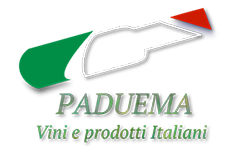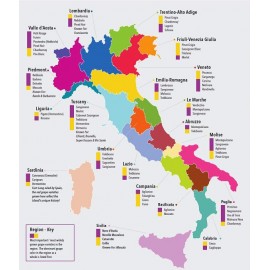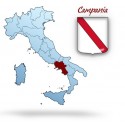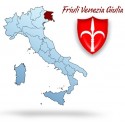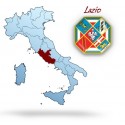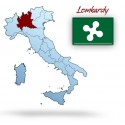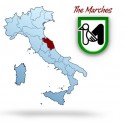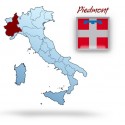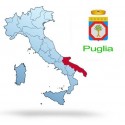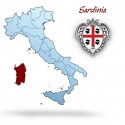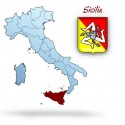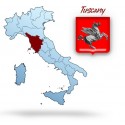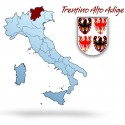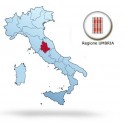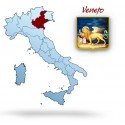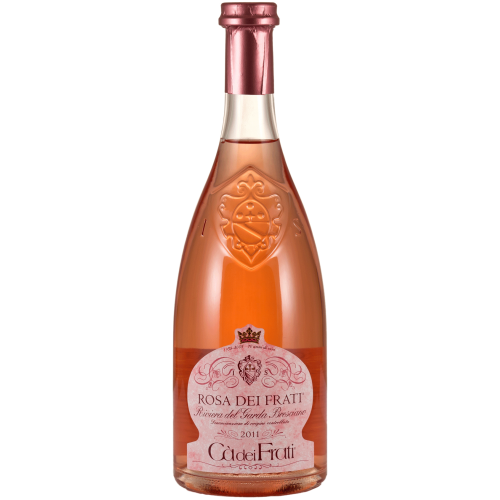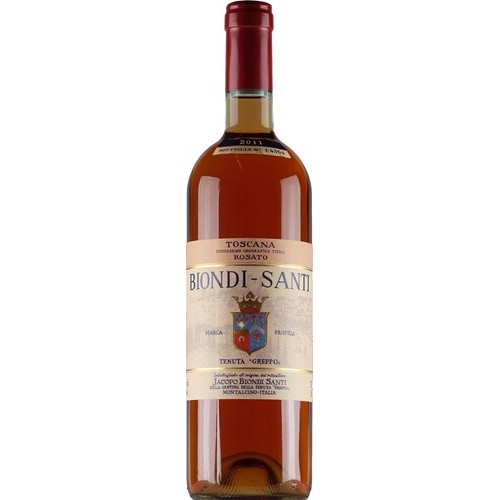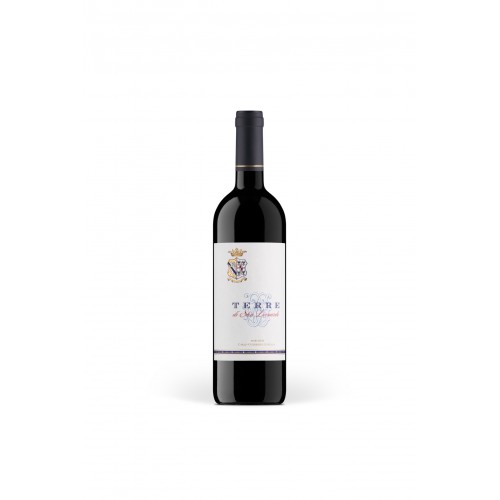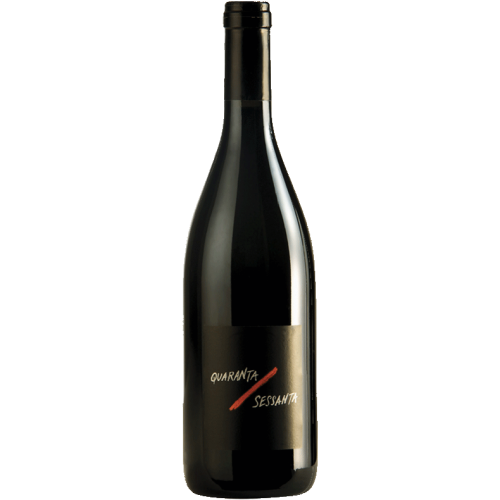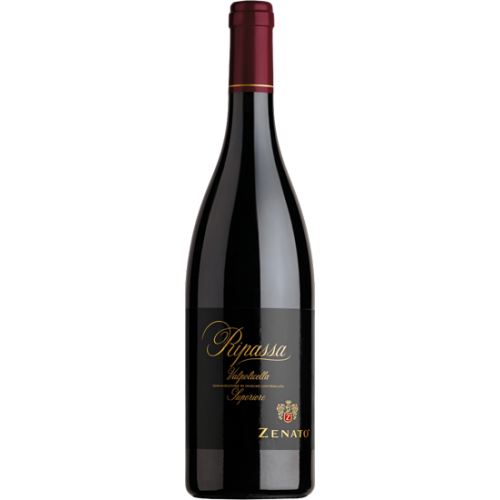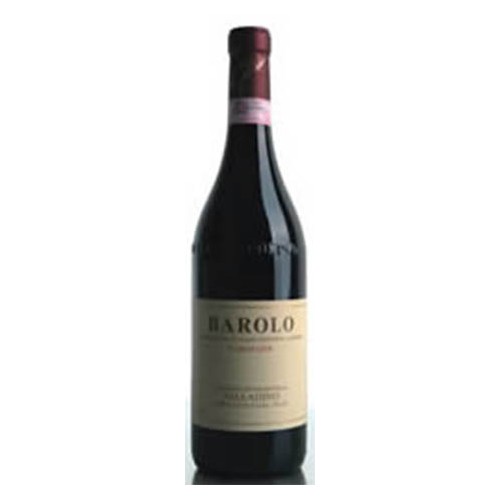No products
Prices are tax included
Region There are 53 products.
Subcategories
-
Campania
Territory:
The region faces the Tyrrhenian Sea and includes one of the finest coastlines in Italy. The hinterland is essentially mountainous, with irregular massifs broken here and there by valleys and plains. In front of the Gulfs of Naples and Salerno, we can admire marvelous and enchanting islands: Capri, Ischia, Procida.
Cities: Naples is the regional capital. Other important cities are Caserta, Benevento, Salerno and Avellino.Cellars : Antonio Caggiano
-
Friuli venezia Giulia
The region consists of a flat region, extending from a morainic amphitheater, to the Tagliamento river and to the Adriatic coastline, with its plain and lagoons; of a pre-Alpine part with the Carnic Pre-Alps and of an Alpine Part, which includes the Carnic and Julian Alps. The Carso area shows interesting geological formations called "Doline" and countless grottoes.
Cities: The regional capital is Trieste, ruled by a special statute; the other important cities are Udine, Gorizia, Pordenone.Cellars :Toros , Lis neris
-
Lazio
The region, with undulated hills, stretches from the western buttresses of the Apennines to the Tyrrhenian Sea. The landscape is varied and presents flatlands, on the coastline and in the hinterland, ridges and calcareous highlands. Latium has four very ancient volcanic distincts, where the craters of extinct volcanoes form the lakes of Bolsena, Vico, Bracciano, Albano and Nemi.
Cities: Rome, capital of Italy, as well of the region. Other important cities are Frosinone, Latina, Viterbo and Rieti.Cellas :Sergio Mottura, Rosso del Borgo
-
Lombardia
The region occupies the main part of the Po Valley. Its northern borders are formed by the Lepontine, Rhaetian and Orobic Alps. It includes a hilly district with the major Italian lakes, from the Easter slope of Lago Maggiore to the Lakes of Varese, lseo, Como and to the northern part of Lake Garda. This region ins rich inn water, thanks to the Po and its affluents.
Cities: The regional capital is Milano. Other important cities are: Bergamo, Brescia, Como, Lecco, Lodi, Varese, Sondrio, Pavia, Cremona, Mantova.Cellars: Ca dei Frati
-
Marche
Territory:
Is an essentially mountainous and hilly region, facing the Adriatic Sea. The mountain area is rugged, with narrow valleys, deep gorges and numerous rushing, sometimes inaccessible, streams (Gorge of Furlo). The coastline presents a succession of gently rolling hills and flat plains crossed by rivers.
Cities: The regional capital is Ancona. Other important cities are Ascoli Piceno, Pesaro, Urbino and Macerata.Cellars: Villa Bucci , Fattoria Luce
-
Piemonte
Territory:
The Region stretches on the buttress of a great Alpine arc: Maritime, Cotian, Graian, Pennine Alps and a little part of the Lepontine Alps. It includes two large hilly areas, the Langhe and the Monferrato. The Po river has its source in Piedmont. The region is crossed by several Alpine streams flowing into the Po. Many Alpine lakes, with those of the morainic area of the Canavese, dot the region. In the eastern part, we find two bigger lakes: Lago Maggiore and Lago d'Orta.
Cities: The regional capital is Turin. Other important cities are: Asti, Alessandria, Cuneo, Novara, Vercelli, Biella and Verbania.Cellars: Palladino, Massolino
-
Puglia
Territory: Puglia has a hilly territory roughly half and half flat. Presents a formidable parcel (about 110,000 acres) of which the majority is in plain vata. The main varieties of this region are the Primitivo and Negro Amaro. Currently the region is experiencing a period of considerable development in the wine sector, especially because after years of wine production based on high yields per hectare of wines especially, due to their color and texture, he is now seeking to exploit the territory reaching respectable quality levels for some wines especially varieties. Especially in the area between Brindisi and Taranto, the most widespread form of farming is the tree, which is coming more and more replaced by trellis. -
Sardegna
Territory:
Sardegna is the second largest island in the Mediterranean and is formed by a series of mountainous massifs, hills and narrow highlands. The coasts are jagged and rocky, interspersed with marvelous beaches of very fine sand and countless inlets. The seaside landscapes, especially on the Costa Smeralda, are among the most beautiful in the world. Numerous small, enchanting islets are scattered in front of the coasts.
Cities: Cagliari is the capital of Sardinia, ruled by a special statute. Other provinces are Sassari, Nuoro, Oristano, Carbonia-Iglesias, Olbia-Tempio, Medio Campidano, and Ogliastra.Cellars: Capichera
-
Sicilia
Territory:
Mainland, Sicilia is the largest island in the Mediterranean and the southernmost region of Italy. Famous for its blue skies and mild winter climate Sicilia is also home to Mount Etna, Europe's largest active volcano. This fertile paradise was settled by Siculi, Phonecians, Greeks, Carthaginians, Romans, Moors, Normans, Spaniards and Bourbons among others, and the remnants of these astounding cultures cover the entire island, from the temples of Agrigento to the priceless mosaics of Piazza Armerina and the ancient capital of Siracusa. Smaller islands, such as the Aeolian, Aegadean and Pelagian chains as well as Pantelleria, just 90 miles off of the African coast, are also part of Sicilia, offering superb beaches.
Cellars: Tasca Conte D'almerita
-
Toscana
Territory: The region stretches over the slope of the Apennines, in front of the Tyrrhenian Sea. The Tuscan landscape is mainly mountainous and hilly, with a flat area besides the sea (the Maremma). The coastline presents different aspects, offering both long sandy expances and headlands. In front of the coast there are the small enchanting islands of the Tuscan archipelago
Cities: Florence is the capital of Tuscany. Other important cities are Siena, Pisa, Arezzo, Pistoia, Prato, Lucca, Livorno, Grosseto, Massa Carrara.
Cellars : Biondi Santi , Montevertine, Fonte Del Borghi, Corbinelli.
-
Trentino Alto Adige
What does the consumer expect when he or she is looking for a branded online wine store on the web? Firstly, it is logical that he expects there to find and buy a luxury wine or other alcoholic product. And of course in all its diversity that can only be available on the market today! Aromatic, quality wine, real Scotch whiskey, vodka and Armenian cognac, calvados, Becherovka, Mexican tequila, rum, gin, liquors, vermouth, champagne... What does an alcoholic gourmet need else? Maybe a bar of a premium Belgian chocolate! All this - and not only - you'll find on the virtual shelves of our wine store.
-
Umbria
Territory: The sector vitivinicolo represents one of the most important filieres of the system regional agroalimentare. The surface regional vitata is of around 13.000 hectares equal to the 1 ,9% of the national datum. The middle dimension of the firms viticole umbre is of little superior to the hectare. The regional production of wine, according to the years, it is equal to around the 1-1 ,5% of the total national. Quality of the productions, investments in the vineyards and in the wine cellars, promotion, innovations and environmental sustainability of the productions, represent the lines it drives some regional politics to increase the competitiveness of the sector vitivinicolo.
-
Veneto
Territory:
The region includes the eastern part of the Po Valley and, to the north, a part of the Dolomites. The extensive plain, with the Po delta, is rich in waters. It is a region which combines two different and unique aspects of the Italian nature: the lagoon zone (Venice) and the majestic peaks of the Dolomites of Cadore.
Cities: The regional capital is Venice. Other important cities are: Verona, Padua, Vicenza, Treviso, Rovigo, Belluno.Cellars: Dal Forno , Zenato, Santa Cristina, Botter, Casere.
-
In Stock
Rosa dei Frati - Ca dei frati Rosa dei Frati - Ca dei frati
On the south coast of the Garda lake in the Benaco area, the ancient and legendary traditions of the Rosé wine making process are still alive. They are fresh, kind and influential wines.They are produced with the Groppelo, Marzemino, Sangiovese and Barbera grapes which is a complex and refined local grapes blend. On the south coast of the Garda lake...
20,00€ -
In Stock
Biondi Santi Rosato di Montalcino 2012 Biondi Santi Rosato di Montalcino 2012
The last born created by Franco Biondi Santi. It is a pink ruby coloured wine , with a nose of violet and light vanilla, produced by vinifying in white the grapes of Sangiovese from the Greppo Estate and aged for 18 months in stainless steel vats. The last born created by Franco...
39,00€ -
In Stock
Terre di San Leonardo Terre di San Leonardo
Classic Bordeaux type blend, terre retraces the terroir path trod by its prestigious sibling San Leonardo,matching its intensity and refined elegance. Classic Bordeaux type blend, terre...
18,00€ -
In Stock
Quaranta/Sessatnta Quaranta/Sessatnta
The wine " Forty / Sixties " is one of the most important products of the company " L'Olivella ", in the province of Rome in the Lazio region. The " Forty / Sixties " of L'Olivella is a Red Wine, Stationary and Secco. The " Forty / Sixties" of L'Olivella is a wine of the appellation, vinified from grapes Syrah , Cesanese . The wine " Forty / Sixties " is one...
12,00€ -
In Stock
"Ripassa" Valpolicella Doc Superiore - Zenato "Ripassa" Valpolicella Doc Superiore - Zenato
This wine is closely connected to the greatest wine of Valpolicella: Amarone. After pressing the dried grapes from which Amarone is made, the Valpolicella wine is passed over the still warm marc of Amarone. A second alcoholic fermentation begins which increases the alcoholic content and the wine becomes richer in colour, bouquet This wine is closely connected to the...
26,00€ -
